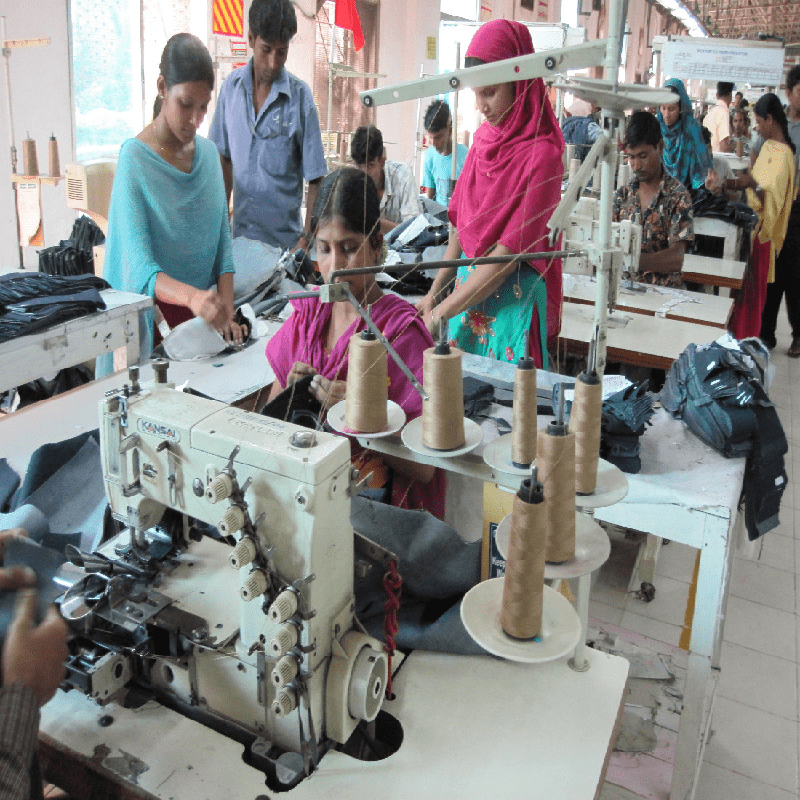By: Seshadri Ramkumar, Professor, Texas Tech University, USA
Indian textiles sector needs to refocus and concentrate on value addition.
Textile industry in India is in distress due to sluggishness in yarn uptake by the upstream sectors. The ongoing trade war between the United States and China is having its own effect on the manufacturing and textile sectors in India. Cotton availability situation, manufacturing cost and slowing of yarn export are some of the factors that are negatively affecting the industry.
While cotton prices are showing a declining trend since this June, spinning industry is not enthused in buying cotton at the present time. 30-mm cotton that used to be priced at Indian Rupees (INR) 47,000 to 48,000 per candy (about 356 Kgs) few months back, today is priced around 44,000 INR per candy, which should interest mills to buy and stock. Lack of cotton yarn buying by the upstream sector in India has put enormous pressure on the spinning industry and allied sectors such as textile machinery.
“Yarn demand is not there,” stated Mr. S. K. Nanjappan, managing director of Coimbatore-based Kanaka Lakshmi Mills, Pvt. Ltd., who has been in the textile field for 50-years. Nanjappan is my alumni brother who graduated from the prestigious Chennai-based A. C. Tech, Anna University in 1970, followed with a management degree from the elite Indian Institute of Management, Ahmedabad in 1974. A telephone conversation with him today revealed many valuable points worth considering. Indian domestic market is saturated and hence value-addition focusing on technical products and export market is needed. He highlighted how his company started moving away from fashion and commodity textiles in the year 2000. Today, his weaving mill manufactures 400,000 square meters of woven cloth per month that goes into making base cloth for abrasives, showcasing the positive aspect of diversification. He is still exploring various options to take his company into technical textiles industry.
“Cotton yarns are selling at a much lower price than last year, thus squeezing margins and forcing production shutdown,” stated Mr. Velmurugan, general manager of a 70,000 ring spindle mill in Aruppukottai, South India. China factored heavily in his views on the slowdown of the Indian textile sector. He agreed with this scribe’s view that value-addition is the need of the hour. He stated that Indian spinning sector is a world leader, however, upstream sectors such as processing and technical textiles sectors need enhancement. He insisted that Indian government needs to support export by boosting incentives to capture high-end markets.
The cotton yarn situation has forced one day/week mandatory factory closures in some regions in India and idling about 30% of the total spinning capacity in India.
For two decades, I have been championing the development of value-added sector, by careful diversification across the fiber to fashion supply chain since my lecture at a meeting in Coimbatore organized by the South India section of the United Kingdom-based The Textile Institute during the Fall of 1999.
Indian textile and manufacturing industry needs an uptick. “Indian industry, not only the textile sector is in a wait and watch mood,” stated textile industry veteran Mr. Nanjappan.

